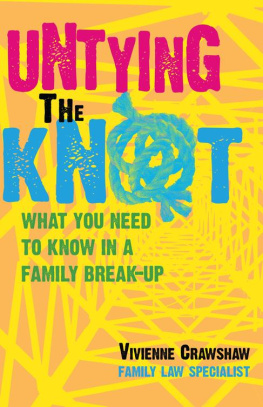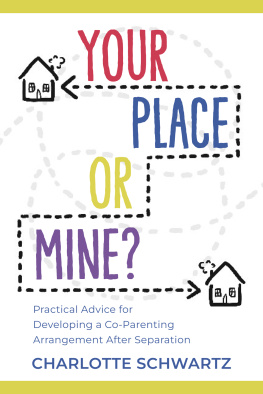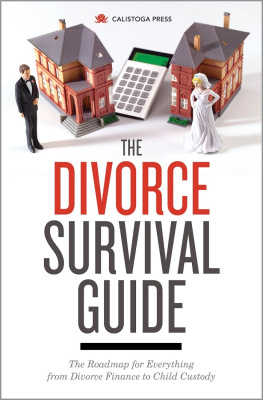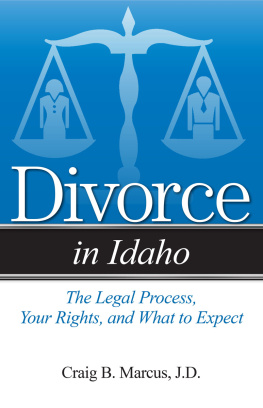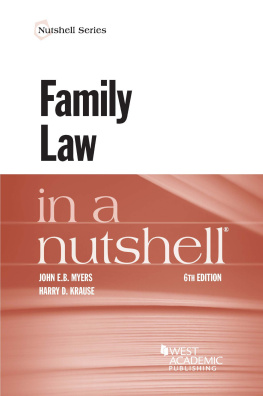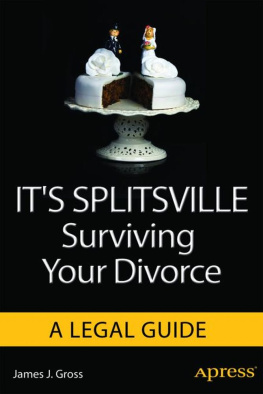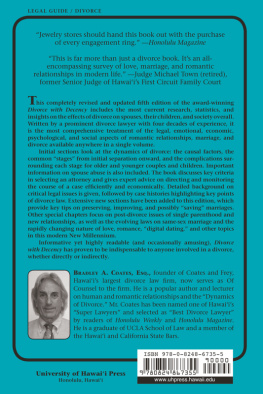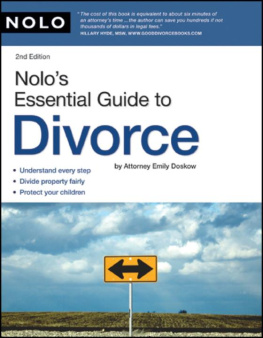V ivienne Crawshaws regular newspaper columns on Family Court cases have been an inspiration to us all.
At a time when the Family Court was closed to the public, apart from the lawyers and the parties in each case, few New Zealanders were able to experience as the Court did the emotions and turmoil parents went through after separation, their efforts to make arrangements for their children and the piecing together of often shattered lives. In an engaging and easily readable style, Viviennes columns drew upon her and her colleagues experiences to bring the facts and issues before the public, while preserving the privacy of the families involved. I am delighted that these illuminating reports have now been compiled into a book and that they are to be available to us all as a single accessible source.
The Family Court is now more open than ever before. The media have the right to attend Care of Children cases and report on them. Perhaps surprisingly, however, after so much controversy about the previously closed nature of the Court, the media have so far shown little interest in exercising that right. The run of cases, involving the lives of ordinary people whose concerns are dealt with in an unexceptional but professional way, are of very little interest to the news media. While what goes on inside the Family Court can now be accessed by the public, it may continue to fall on talented people such as Vivienne Crawshaw to bring the facts to life and make them known to the reading public, as she has done in this compilation.
I am delighted that this book has been written and I am privileged to write this foreword. We have a Family Court of which we can be proud, and one that decides all manner of interesting cases. That the richness of that experience can be shared in this fashion is only a good thing. I hope there is enjoyment as well as education for those who read this book.
F ew of us acquaint ourselves with the niceties of family law unless we have to. So it is generally in the midst of the breakdown of our relationship, or that of a beloved friend or family member, that we become aware that the law matters. It matters hugely, because the rules that govern the family law arena will have a major impact on the way events unfold for the people involved in the breakdown.
The law will have less impact when couples part amicably, and far more influence when tensions are high and amicability is a far-off, unrealised dream. In those circumstances the legal framework is the bottom line. It becomes important to know how the Family Court might approach a particular dispute, such as about holiday contact with children or whether the family business should be shared between a couple equally.
In the following chapters (most of which first appeared in slightly different form in my column on family law in the New Zealand Herald) I describe a range of scenarios and disputes, and discuss how they might best be approached. This information is not a substitute for legal advice, which should always be sought if you are unsure of your position or what action you should take. Rather, these situations are revealed as examples of how matters might turn out. Sometimes that will involve the intervention of the legal system, in other cases the assistance of mediation or counselling, and in others still the simple passing of time and healing of raw wounds.
The fact that family disputes are often emotionally fraught is at the forefront of these scenarios. Some people become bull-headed when they are hurting and act irrationally (often showing a change of character). Others become so lost in their grief that they cannot contemplate their own needs, let alone those of their children.
While it is important to be aware of ones rights and obligations, legal solutions are not always the best solutions. Sometimes it is wiser to let a legal right go in the interests of forging a better long term relationship with your former partner. Goodwill is the sort of quality that is often not appreciated until it has been damaged beyond repair. On other occasions, however, it is more sensible to be firm and ensure that all legal avenues have been explored, particularly when dealing with an untrustworthy former partner or one who is incapable of putting the childrens needs first.
Some of the issues set out here contain important information for those who are considering embarking on a relationship and may wish to protect assets they have acquired earlier. Prevention is often better than cure, and the prudent may wish to obtain legal advice at an earlier, rather than later, stage.
You will not find every single family law issue in this book. It is impossible to cover the various permutations of every factual scenario. But you will be able to detect a certain thread in the way legal matters are approached by the Family Court and this is likely to be useful, even if the specific subject matter or circumstances vary from those described here.
Trite as it may seem, time is a healer, and what may appear an insurmountable problem can become less so with the advantage of distance. Taking the heat out of a dispute invariably leads to better results in the long term.
A final note of warning: when I was writing my column on family law for the New Zealand Herald a retired senior journalist approached me. He advised me with some concern that I ought to be careful when writing about Family Court cases, given the privacy restrictions imposed on the Court. He was visibly relieved when I explained that these were only illustrations of the sorts of cases we family lawyers are familiar with. They are entirely fictional. But they could be real.

